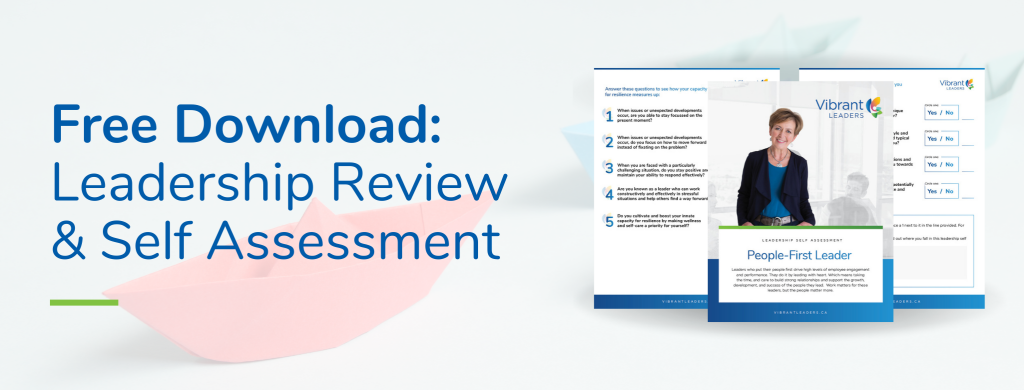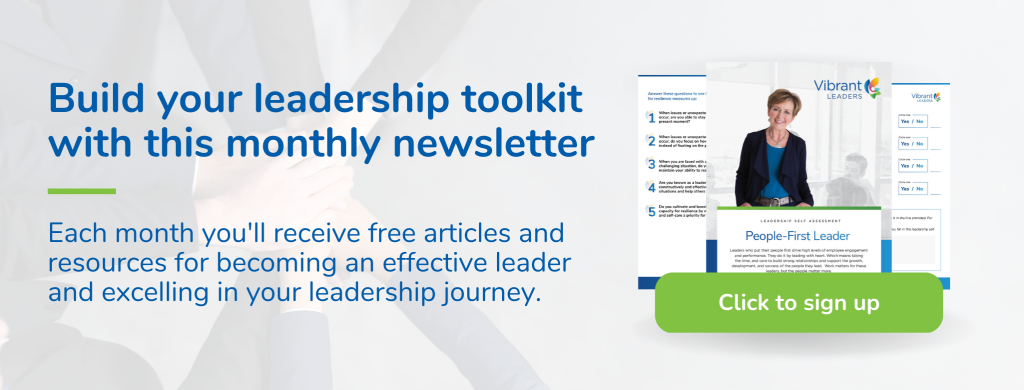Leadership ‘tune-ups’ are as important for your leadership as your car. You’ll keep your effectiveness engine running at its best when you make a habit of regularly assessing – and finetuning – your leadership skills and overall performance. Otherwise, you’re bound to repeat your mistakes or continue defaulting to the behaviours that may be hindering your best performance.
For some of the leaders I coach, devoting time to a leadership tune-up aligns nicely with their business planning at the end of each year. For others, assessing and finetuning their leadership works best when challenges and expectations have changed, or when they’re preparing for a new role.
Whenever you choose to review and refine your leadership, the process of reflecting on what’s working well, as well as what’s going to help you be a more effective leader, is a powerful way to continue strengthening your leadership effectiveness.
If you’re ready to invest time and energy in increasing your leadership effectiveness, here are four practical steps you can take to get started.
1. Take stock
Carve out some time and space to review and reflect on your leadership. Begin by asking yourself to consider the leader you want to be; then assess how your current leadership reflects your vision for yourself.
For example: What’s going well in your leadership? How could you do more of that? Are there areas where a course correction would be helpful? What would enable you to make that shift? And finally, take some time to acknowledge and celebrate your progress to date.
If you want to go even deeper, consider asking colleagues you trust for their input or inviting a more rigorous assessment process, such as a 360-degree review.
2. Consider your goals
After your reflection, you may find it helpful to set new leadership goals or refresh those you already have.
For example, is being a more caring, people-focused leader top of your list? If so, set a smart goal for yourself about the shift you want to make to support your team and what it will require of you.
Give careful thought to the personal and professional growth you’re seeking in relation to the leadership impact you want to make, and challenge yourself to set a specific goal with concrete timelines and measures of success. Focusing on just a few key areas rather than a laundry list helps at this stage.
3. Plan your way forward
Taking the time to plan your way forward allows you to choose the specific steps that will help you breathe life into your goals.
Let’s return to the earlier example of becoming a more caring, people-focused leader. Perhaps the shift you want to make is about breaking old, unhelpful patterns, especially around the balance you strike between people and tasks. Then, you want to develop and practice more effective ways of building relationships with the people you lead.
If so, your plan might revolve around some professional development activity to improve your essential relational and interpersonal communications skills. Alternatively, you might choose to enlist the help of a trusted colleague for timely and relevant feedback, work with a leadership coach, or both.
Consider your learning style, the learning opportunities readily at hand, as well as what’s going to be realistic for you in the next few months to ensure the approach you choose is relevant and appropriate.
If you’re wondering if leadership coaching is the right choice for you, you can access my complimentary leadership review & assessment here:

4. Set up your accountability and support framework
Many great plans end up on a shelf – accumulating dust rather than inspiring action. To ensure you don’t fall into that trap, think about the accountability and support that works best for your personal and professional growth and build them right into your plan. This step can be key to your success, especially if you design an approach unique to your needs.
For example, suppose you’re a self-starter and are keenly committed to your growth and development. In that case, your accountability might be as simple as a monthly self check-in on progress against your goals, with an opportunity to celebrate progress and finetune areas that need it.
If you know you work best with external accountability, consider enlisting a buddy or mentor to be your accountability partner. Ideally, these will be colleagues you know and trust, who know you well, and with whom you can have regular check-ins.
Articulating your goals and commitments to another person and inviting them to hold you accountable can be a powerful source of inspiration as you implement your leadership effectiveness growth plan.
You can always enlist a leadership coach if you want to tap into even more rigorous external accountability and support. However you proceed, spend a little time considering what you really need and the approach that will serve you best right now.
While there are many ways to be an effective leader, the time you spend tuning up your engine is an essential component. As the most effective leaders I work with will attest, investing in themselves makes them a better leader too.
If it’s time for your leadership tune-up, these four steps will serve you well: Take stock, Consider your goals, Plan your way forward, and Set up your accountability and support framework. Do it regularly and appreciate how much more effective you can be when your leadership engine is nicely aligned and performing at its best.

